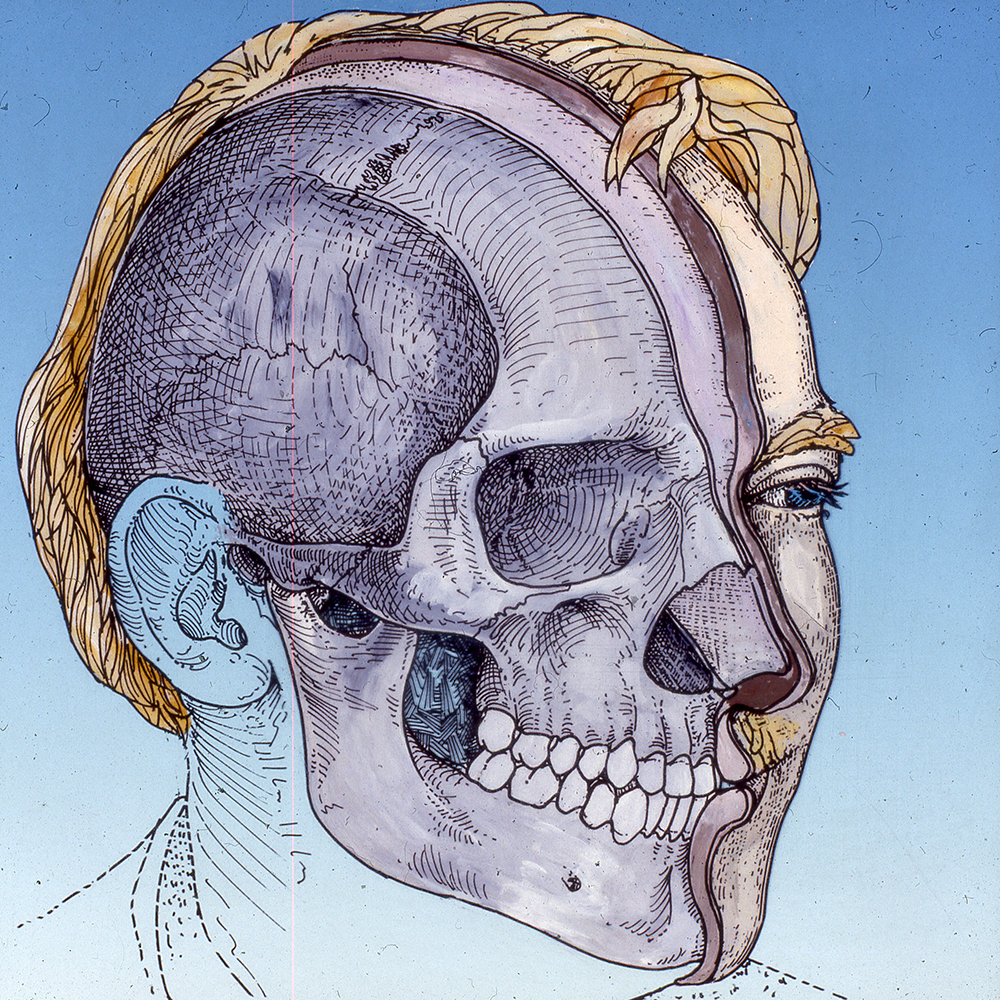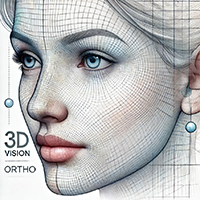Second area: Help with quantifying displacements
We can offer quantification of maxillary and mandibular displacements. The surgical plan is drawn up on the basis of the initial harmony or disharmony of the face, the desired post-operative harmony, the complaints described by the patient, his or her motivations, functional disorders (dental articulation, ventilation, tongue positioning, etc.) and the anatomy.

For example, a patient may wish to have a dento-maxillofacial disharmony corrected. In this case, the patient may want a result with a major aesthetic change, which we will define with the referring surgeon who is treating the patient.
On the other hand, they may wish to consider the possibility of a cure for their obstructive sleep apnoea, with only very moderate changes to their face. The decision to quantify displacements will then be different.
The aim of our work is to provide you with a proposal for displacement of the bone structures while respecting the functional constraints and the patient’s complaints, in order to achieve a stable result over time. Our treatment proposal is based on the above-mentioned factors.
Our proposals are based on discussions with the surgeon in charge of the patient, using photographs (face, profile, smile, occlusal view) of the patient, analysis of the volume of the airways, the CT scan, the occlusion and digital impressions. This enables us to quantify maxillary and mandibular displacements. This approach enables us to achieve the results desired by the surgeon from both a functional and aesthetic point of view.
If necessary, we can also return to the initial stage (First Axis: Intermediate Positioning Gutters) to create intermediate gutters, ensuring consistent follow-up throughout the process.
Our treatment proposal is not binding on 3D Vision Ortho. It must be validated by the surgeon in charge of the patient, who is solely responsible for it.
You will be given a quotation based on your request and the number of patients for whom you require expertise.

